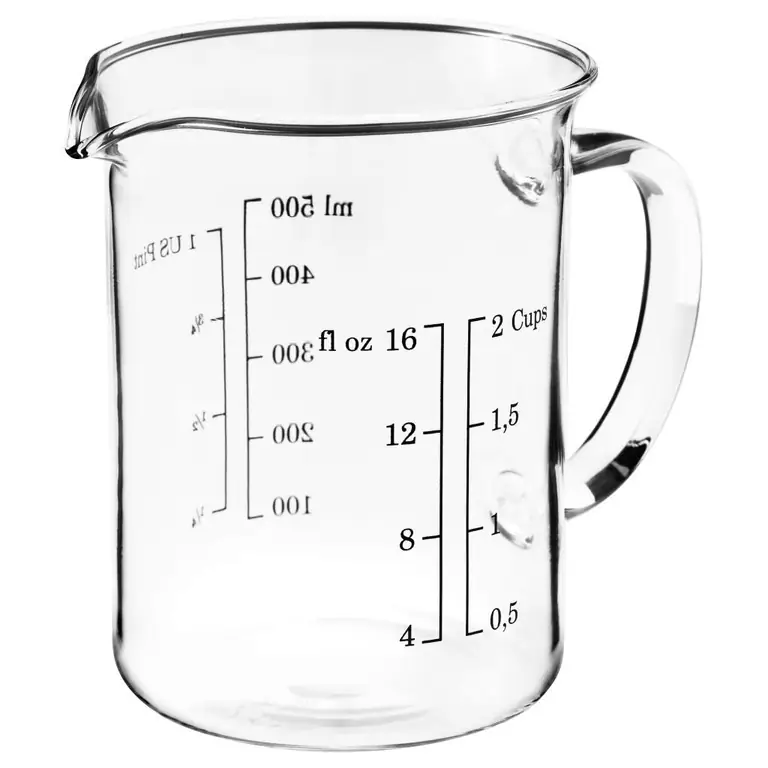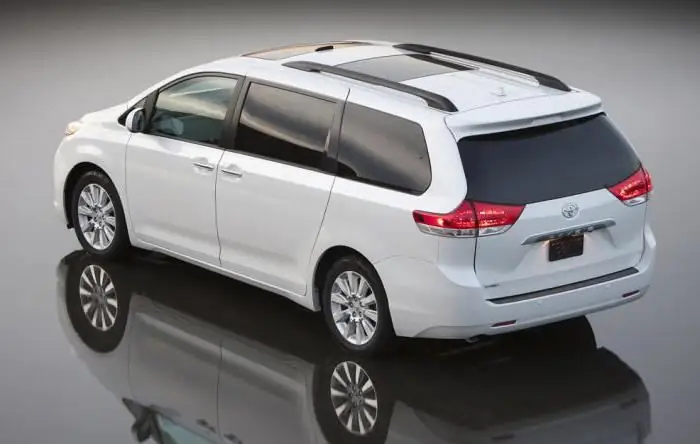2026 Author: Erin Ralphs | [email protected]. Last modified: 2025-01-22 21:14:11
What cars are not produced today! Their types are varied. And every year manufacturers surprise potential buyers with something new. So, it's worth talking about the most popular cars, as well as their features.

Main Bodies
It's worth starting with such a topic as the types of car bodies. The names of the most common ones are familiar to almost everyone. So, the most popular type is a sedan. Closed body, which can be both 2- and 4-door. A distinctive feature is the presence in the cabin of two full-size rows. This means that 4-5 adults can comfortably fit inside. By the way, there is no such thing as types of car interiors. They can only be divided into “spacious” and “not very” and by rows of seats (1, 2, 3, etc.).
And now it is worth continuing to tell directly about the types of car bodies. So, wagon. Usually this is a 2-volume 5- or 3-door utility vehicle. Popular Russian representative - Lada Largus.
The hatchback also features a cargo-passenger body. The coupe has 2 doors. Compact and beautiful car. Inside there is 1 row of seats (most often), but there is also a back row, but it is usually uncomfortable. Coupe cars are designed for the comfort of one or two people - a passenger and a driver.

Large machines
Now a few words about what these cars are. Types of "minibus" and "minivan" are familiar to many. These are practical machines for people who need a lot of space and comfort. You don't need to add anything about the minibus. But a minivan is called a body, which is a cross between a station wagon and, in fact, a minibus. Although they even came up with a “hybrid” name - a station wagon with increased capacity. Sometimes it has ordinary doors, but most often it has sliding doors. A popular representative is the Opel Zafira.
And limousines can also be attributed to large-sized cars. Typically, the average length of such a car varies from seven to ten meters. But there is such a machine as the American Dream. And its length is more than thirty (!) meters! Two engines, twelve axles and as many as 26 wheels. You can tell more about this amazing car, but it’s only worth moving on to the description of other cars.

Other names
Recently, there are new types of cars and, accordingly, bodies. So hardtop. It cannot be called a separate species. It's more of a variation on how various other bodies are styled. The key features are the absence of the B-pillar and their frames.
Town car is a passenger car with a very high roof. Found its application in the taxi industry. A prominent representative is the MetroCab. The next body type is a combi. Already by the name you can understand that this is a station wagon, and a liftback, and a hatchback, only with a door in the back wall.
And now you can tell about the liftback. It features a long rear overhang, a sloping roof and is usually either two- or three-volume.
The last type of closed body is the fastback. Its specific features are a special sloping roof, which flows very smoothly and gently into the trunk lid.

Open bodies
Now we need to tell about such cars. The types of open cars are actually diverse. Although many people, usually amateurs, call every roofless car a convertible. Worth sorting out! A convertible is an open body with 4 (usually two) doors, equipped with either a soft or hard retractable roof. There are also side windows. And when the roof folds down, it automatically "hides" in the trunk (sometimes in the space between the passengers and the trunk).
Roadster is also an open car. Its top is soft and foldable too. Phaeton features four doors and a soft folding roof. Inside there are usually 5 or 6 seats for passengers and the driver. Lando is a car with a hard removable or soft folding roof. Brogam - in fact, the same thing. However, its top is only above the first row of seats. There is also a targa body. This is a sports roadster withtwo places. The windshield is firmly fixed, the roof is removed. A popular representative is the Porsche 911 Targa.
Spyder is also a popular look, similar to a roadster, but its top edge is below the driver's eye level. And the last type is the shooting break. Appeared in the distant XIX century - these were cars for hunters, which, thanks to the missing top, could transport not only equipment, but also game back home. Shooting breaks now have glass retractable roofs.

Commercial vehicles
Finally, a few words about these cars. Types of passenger-and-freight bodies do not shine with variety. There are only two of them. The first is a pickup truck. These machines have an open platform, which is integrated in both design and style with the driver's cab.
And the second type is a van. Also a cargo-passenger vehicle, characterized by a solid, metal body part, visible behind the cab. Usually vans are created for a reason - they are based on a station wagon. Often, instead of a base, a truck chassis is used, to which a cabin, a fabric awning (sometimes metal) and the cabin itself are added.
Most Common Engines
Now a few words about powertrains. Types of car engines worth knowing. So, a gas engine - its job is to supply heat to the working fluid. Operates according to the Otto cycle. Diesel is considered the most economical. This is an internal combustion piston unit. Starts to work due to the fact that the fuel ignitesfrom the appropriate temperature and compression itself. It consumes little fuel, due to which it has gained popularity among economy lovers.
The gasoline internal combustion engine operates on the principle of a pre-compressed air-fuel mixture that is ignited by an electric spark.
And a piston engine. This is a motor in which, thanks to thermal energy, the gases that are formed from the combustion of fuel increase in volume. This sets the piston in motion.

Drive
And, finally, about what cars can be, the types of which were discussed above. Now it's worth talking about the drive. So, there are the following types of car systems: front-, rear-, all-wheel drive. How are they different?
In front-wheel drive cars, all the generated energy is transferred to the front wheels. These vehicles often skid on corners and on poor pavement.
Rear-wheel drive vehicles are characterized by the fact that all the energy is distributed, respectively, to the rear wheels. Most often, these machines are American-made models. The Japanese and Europeans also often produce such cars. Rear-wheel drive models have a plus. And it lies in the excellent dynamics and handling.
And, finally, all-wheel drive models. Everything is simple here - the energy is distributed evenly. Both front and rear axles. Here, one of the main advantages is the absence of the likelihood of drifts and increased cross-country ability.
Recommended:
The ratio of gasoline and oil for two-stroke engines. Mixture of gasoline and oil for two-stroke engines

The main type of fuel for two-stroke engines is a mixture of oil and gasoline. The cause of damage to the mechanism may be the incorrect manufacture of the presented mixture or cases when there is no oil in gasoline at all
What type of car is the best. The main types of cars and trucks. Car fuel types

Life in the modern world is unimaginable without various vehicles. They surround us everywhere, almost no industry can do without transport services. Depending on what type of car, the functionality of the means of transportation and transportation will be different
X5 ("BMW"): bodies and generations

The BMW X5 is a full-fledged SUV with a long history. This car originates in 1999 and is still in production, which is a reason for the pride of engineers and designers from BMW. Bodies, their numbering and features - read about all this in this article
BMW: bodies of all types. What bodies does BMW have? BMW bodies by years: numbers

The German company BMW has been producing city cars since the beginning of the 20th century. During this time, the company has experienced many ups and downs and successful releases
Carburetor and injector: difference, similarities, advantages and disadvantages of carburetor and injection engines, principle of operation and expert reviews

For more than a hundred years, the car has firmly established itself in our lives. During this time, managed to become a familiar, everyday means of transportation. Let's see what the difference is between a carburetor and an injector, what advantages and disadvantages they have

